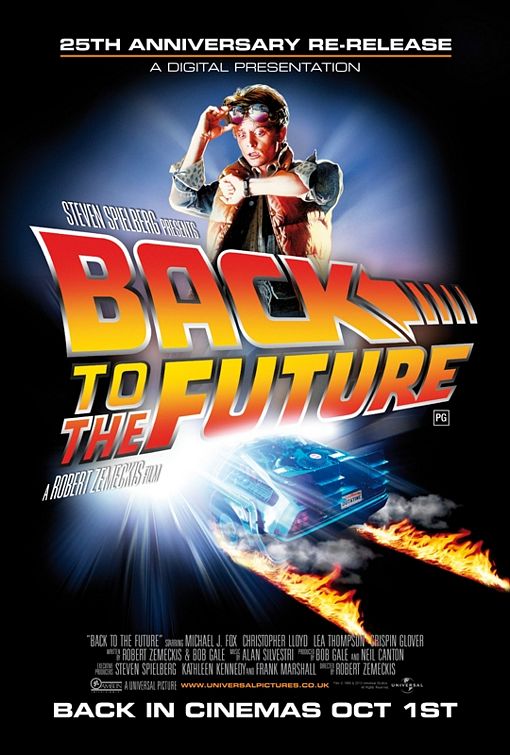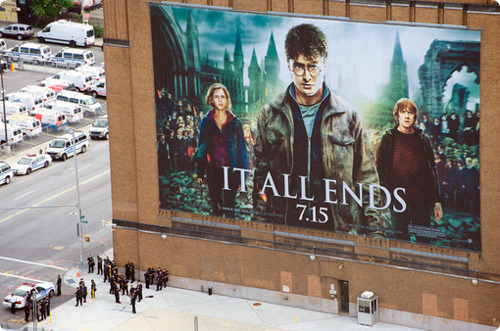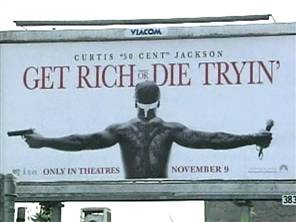1. Int. Victoria Coach Station. Day
A coach comes into the station and as people start getting out we cut to a shot of 'The Immigrant' with a big backpack, looking around slightly bewildered. In his hand he holds a plastic bag full of apples
The Immigrant
(Voiceover)
Yes, Yes, Yes. I finally reached my destination. After everything I've gone through, this is it, my utopia. It does seem strange, however, this country. Oh well I will yet learn to love it.
2. Ext. Central London. Day
Immigrant' now leaves station and goes outside (with the backpack) walks around London, there is no voiceover but some light hearted, positive music plays while there are a couple of shots of him walking past some famous landmarks. The bag of apples stays with him.
3. Ext. At Trafalgar Square. Day
'Immigrant' now goes to see famous landmarks; Trafalgar square, London eye. At Trafalgar square he has his head constantly tilted up and he never takes his eyes of the column. He bites an apple while his eyes stay fixated on the column.
The Immigrant
(Voiceover)
Wow. Wow. Wow. Just Wow. This is amazing; I have never seen anything so big and amazing with such strength pulsating off it.
4. Ext. Outside London Eye. Day
At the London Eye his head keeps turning in a circular motion.
The Immigrant
(Voiceover)
Singing - You spin me right round, baby right round like a record, baby Right round round round You spin me right round, baby Finishes singing. I need to eat an apple.
5. Ext. Central London. Day
A long shot of the immigrant in a crowd smiling and as the camera zooms in as he raise an apple to his mouth and the camera finishes zooming in when the whole screen is filled with just the apple. (Positive really happy music plays until zooming finishes when the music suddenly ends.)
The Immigrant
(Voiceover)
I love this place, I could have never expected to be so lucky and to get to live in such an amazing city.
6. Ext. Bad part of London. Night or Dark
(A darker more sinister music starts playing) Slowly the camera zooms out from the apple and the character's face has changed - not quite sad but neither is it happy. The surroundings are dark, maybe industrial.
The Immigrant
(Voiceover)
Well this feels more like home. I guess I should be grateful it's not any worse.
7. Ext. Council Flats etc. Day
Walks out of some flat that's in a very mediocre area and as he goes to a bus stop he has a shoulder bag. Somebody stumbles into him without even acknowledging that it takes place and the bag falls off with apples spilling out while the 'somebody' doesn't stop to help.
The Immigrant
(Voiceover)
My precious. My precious, I will save you!!!!!!!
8. Ext. Park. day
The immigrant goes to a park on his lunch break and goes to seat on park bench. There is a girl sitting on the bench reading a book. Immigrant looks shifty. Eats apples from lunch box.
The Immigrant
(Voiceover)
Hmmm I wonder if she wants an apple. If fate is on my side I will meet her again and talk to her then.
9. Ext. park. day
Same situation as the day before but this time he looks at her but then hangs his head down, she looks at him but he cannot see her look at him. Eats apples from lunch box.
The Immigrant
(Voiceover)
He sighs - maybe next time
10. Ext. Park. Day
Sits down next to her and as he takes out an apple it slips out of his hand and she picks it up and as she gives it back to him, their eyes meet and as their hands touch there is a spark between them.
The Immigrant
(Voiceover)
I gotta love my apples.
Screen cuts to black.
Credits roll with apples in the background.
Comments on the redraft.
We decided to get rid of the scenes in school as they seemed to be adding too much length to our movie and we also noticed that it didn't flow quite as well as the rest of the story. The part of the story which takes place in the park allows the movie to have a happy ending as well as adding a romantic element to the story which in turn expands our potential audience. The decision to have no dialgoue and just voiceover is a good choice as due to our technical limitations this will make it much more practical when filming our film.






























